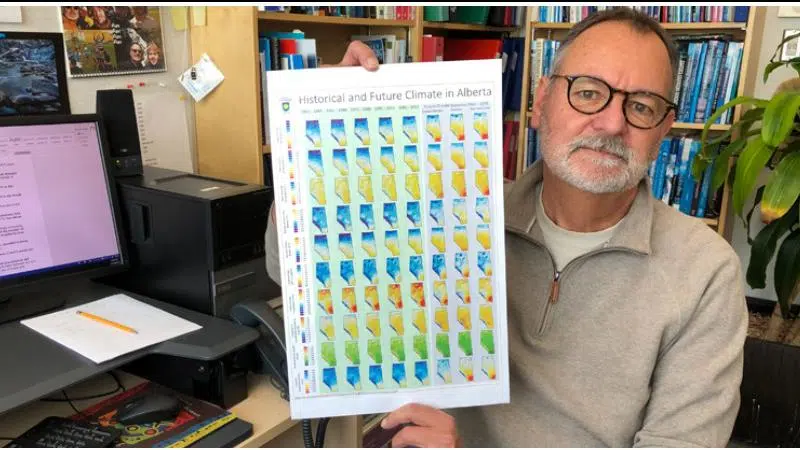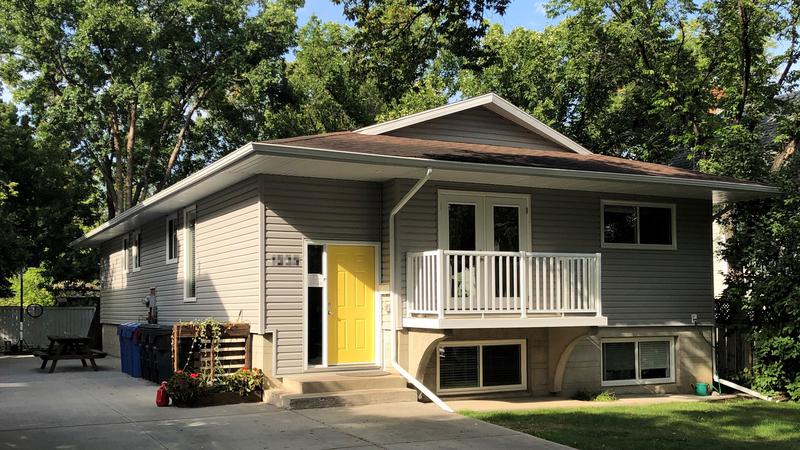
Alberta’s climate the focus of website curated by U of L professors
LETHBRIDGE, AB – If you’ve ever wanted to see exactly how Alberta’s climate has changed over the years, two University of Lethbridge professors have you covered.
Doctor Stefan Kienzle of the Department of Geography & Environment and Christine Clark with the Department of New Media have curated a website studying just that.
The site can be viewed at www.albertaclimaterecords.com.
“In principal, anyone who goes to the website can find answers to questions about how much certain things have changed. For instance, how much have the winters warmed since the 1950s? By the way, they have warmed by between four and five degrees in the south and up to seven degrees in northern Alberta,” Kienzle told Lethbridge News Now.


